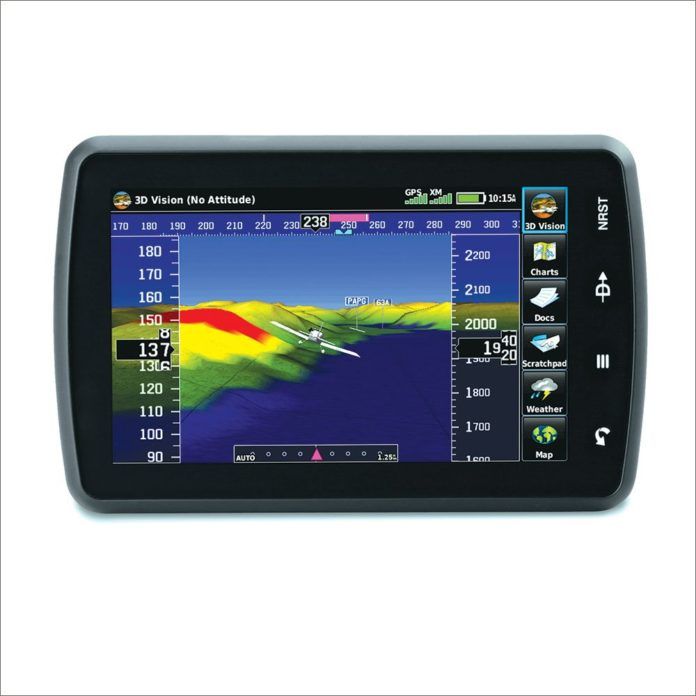I recently got an e-mail asking about ForeFlight’s plans to add synthetic vision and asked myself if that even made sense. Is synthetic vision really supplemental, backup or simple information, or does it enter the realm of primary navigation for which these devices are (supposed to be) forbidden?
Picture yourself checking e-mail on a consumer tablet computer and it freezes for a moment as you open an attachment. You’re perhaps annoyed, but not really surprised. You shrug your shoulders, recognizing that such things happen and you move on. Fortunately, such things do not happen often, but we have come to expect minor little glitches from our consumer electronics.
Now, imagine following a virtual highway of synthetic vision on that same consumer tablet while you’re on approach and it glitches at 50 feet above minimums. It’s a little more difficult to shrug that off, and that’s the point.
This isn’t an indictment of tablets and apps, but rather an admonition to keep things in proper perspective. Tablets are great information devices. As a ground-based resource, they’re terrific for planning, weather, reference, etc. In the cockpit, they’re absolutely perfect to replace paper charts. Add GPS to geo-reference your place on the chart and you get unparalleled situational awareness. With satellite weather and even traffic, they become nearly essential, but we can still tell ourselves they remain supplemental and therefore legal.
But where do you draw the line? I asked Garmin, maker of a leading tablet app, dedicated aviation portables and, of course, ubiquitous certified panel-mount avionics. Even Garmin admits that no amount of testing their app will control the underlying tablet and while their dedicated portables are quite robust, they’re no substitute for certified panel-mount avionics. Sure, the apps and portables provide a wealth of (yes, supplemental) information at a fraction of the cost of certified avionics and even provide a good measure of emergency backup. But they’re not designed, built and tested to ridiculously high standards set by outside agencies like certified devices are.
Let’s not confuse legal with practical. If we rely so much on a tablet or a dedicated portable for normal flight, even though there is something—often minimal—in the panel that makes it all legal, that portable is diverting attention from the primary navigation, further encouraging the use of the portable as primary. At some point your real primary navigation becomes the secondary.
Tablets with apps and dedicated cockpit portables provide some compelling information that, while no longer truly incidental or supplemental, should not be allowed to become our primary reference. And, if ForeFlight or Garmin do ever offer synthetic vision, perhaps you can use it to keep your passengers engaged, not yourself. Meanwhile, let ‘em play with the 3D vision Garmin offers that’s quite close indeed to synvis.
— Frank Bowlin





